Clark’s Nutcracker At Lake Louise In Banff
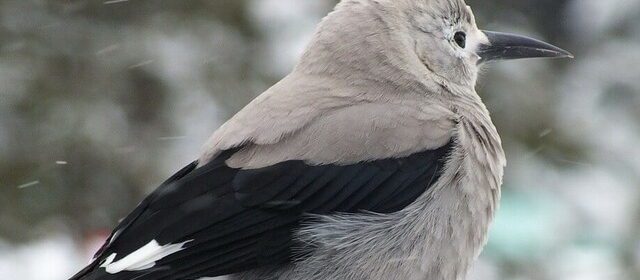
On our first morning in Banff National Park, Alberta, Bob and I made a beeline for Lake Louise to take advantage of the morning sunshine for photographing that iconic location. When we returned to the parking lot at Chateau Lake Louise, Bob quickly pointed out an interesting bird loitering near the vehicles and seemingly unafraid of the humans coming and going about their business. The bird turned out to be a Clark’s Nutcracker.
Lake Louise is well known for the skating rink that is maintained there during the winter months, and Bob and I wanted to check it out as a place for potential activity at some point over the next few days; that morning, we had plans to go cross-country skiing nearby.
A blue sky dominated the morning, but occasional drifts of snow carried on the wind obscured our view of the surrounding mountains and forests. Bob and I spent only a short time investigating the ice rink as we wanted to get on the ski trail sooner than later.
That plan flew out the window when we returned to the car to find a friendly Clark’s Nutcracker waiting for us. A Clark’s Nutcracker is a chunky bird equal in size to a robin, somewhat resembling a Magpie, seen here on the right, but similar to a Crow both in build and flight.
As Bob and I photographed the Nutcracker, a few Magpies also saw us as a possible source of food and came to investigate. Both Magpies and Clark’s Nutcrackers are members of the Crow family.
Clark’s Nutcrackers are widely distributed throughout areas of coniferous forests, residing in treeline habitats from the Rocky Mountains in southern British Columbia and Alberta throughout the mountain regions of western United States. These birds do not migrate in the usual sense of the word, only moving between lower and higher elevations as the seasons change. To help them survive long, harsh winters, Clark’s Nutcrackers retrieve conifer seeds that they hid in caches throughout the warmer months.
Clark’s Nutcrackers are well equipped to rip into pine cones and pull out the large nuts or seeds, which are the most important food source for this species. Their dagger-like beaks are strong, and once extracted, some of the seeds are consumed while the remainder are stored in a convenient pouch beneath the bird’s tongue until the bird secrets them away for the winter. The pouch is capable of holding between 28-90 seeds depending on the size.
When Clark’s Nutcrackers find themselves at lower elevations during the winter months, they become quite tame around humans and are always willing to accept a handout. I happened to have a few morsels of birdseed in my coat pocket, and it didn’t take long for other Nutcrackers to hone in on the free food. Bob was amazed that several of them were brave enough to snap up a peanut from his outstretched palm.
Clark’s Nutcrackers have a huge impact on the habitat in which they live despite their small size. It is the large, wingless pine nuts from Whitebark Pine, Limber Pine and Pinyon Pine that are the birds’ preferred food. As I already mentioned, they create hidden stores of these pine nuts, and in any given summer, one Nutcracker alone can bury between 35,000 to 98,000 seeds in over 1,000 individual caches.
A Nutcracker will dig shallow holes in the ground in which to store between 5-50 seeds, and these may be spread out over a wide area with some as far as ten kilometres away from the original pine tree. The birds have great long-term spatial memory and can remember the locations of most caches even up to 9 months later and remarkably, even when covered by a metre (3 ft) of snow.
Ornithologists have not been able to decide whether Nutcrackers hide such massive numbers of seeds as a safeguard against pilfering by bears or squirrels, or whether Nutcrackers are smart enough to plan ahead for an unforeseen longer and colder winter than usual. By burying the pine nuts in small caches, it is unlikely that a bear or squirrel could smell them out, and it makes allowances for a bird’s memory loss. The surplus seeds buried by one bird represent about 25% more than would be required to sustain it for an average winter.
Now, the fascinating thing about all of this is the fact that, without those species of pine trees, Clark’s Nutcrackers would starve, and without the Nutcrackers, those trees could no longer reproduce. The makeup of the pine cones from Whitebark, Limber and Pinyon pine trees makes it impossible for rodents to chew into them and release the seeds; it is only the Clark’s Nutcrackers with their crowbar-like bills that have the ability to pry open the ripe cones and remove the seeds.
The seeds are wingless so fail to be disbursed by the wind, and that is where the Nutcrackers are so indispensable. They spread the pine nuts far and wide so the odds of good growing conditions for the surplus seeds are increased, and those surplus seeds that grow increase the area of the pine forests. The Nutcrackers are essentially perpetuating their own habitat. This relationship between Clark’s Nutcrackers and the pine trees is called mutualism…a mutually beneficial arrangement.
Clark’s Nutcrackers have short tails, rounded and crestless heads, and long, straight bills with sharp tips. These powder grey birds with glossy black wings and central tail feathers are also referred to as Woodpecker Crow or Clark’s Crow, having been named for the famous explorer William Clark of the Lewis and Clark expedition. As astounding as they are, Clark’s Nutcrackers are only able to remember precisely where 75 percent of their caches are hidden, so we can be thankful for the service they perform. This is astonishing given that their brains are smaller than the pine seeds they hide. Imagine if humans had the same capability for keeping track of everything. I would never again misplace my keys!
Frame To Frame – Bob and Jean


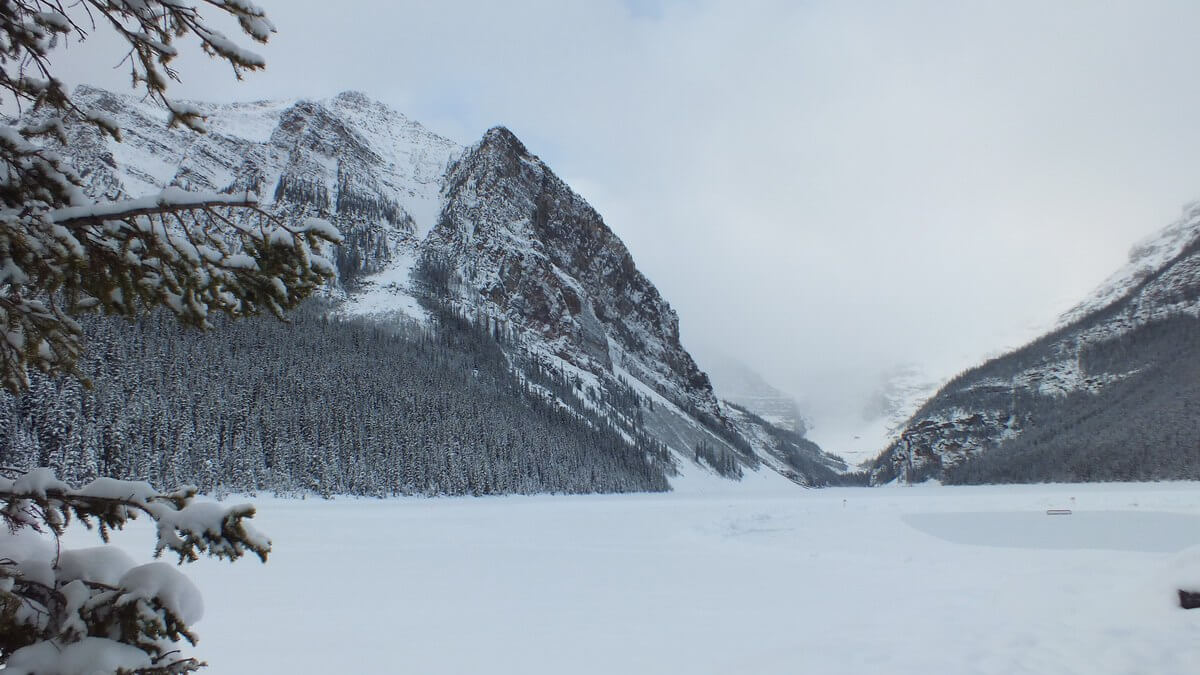
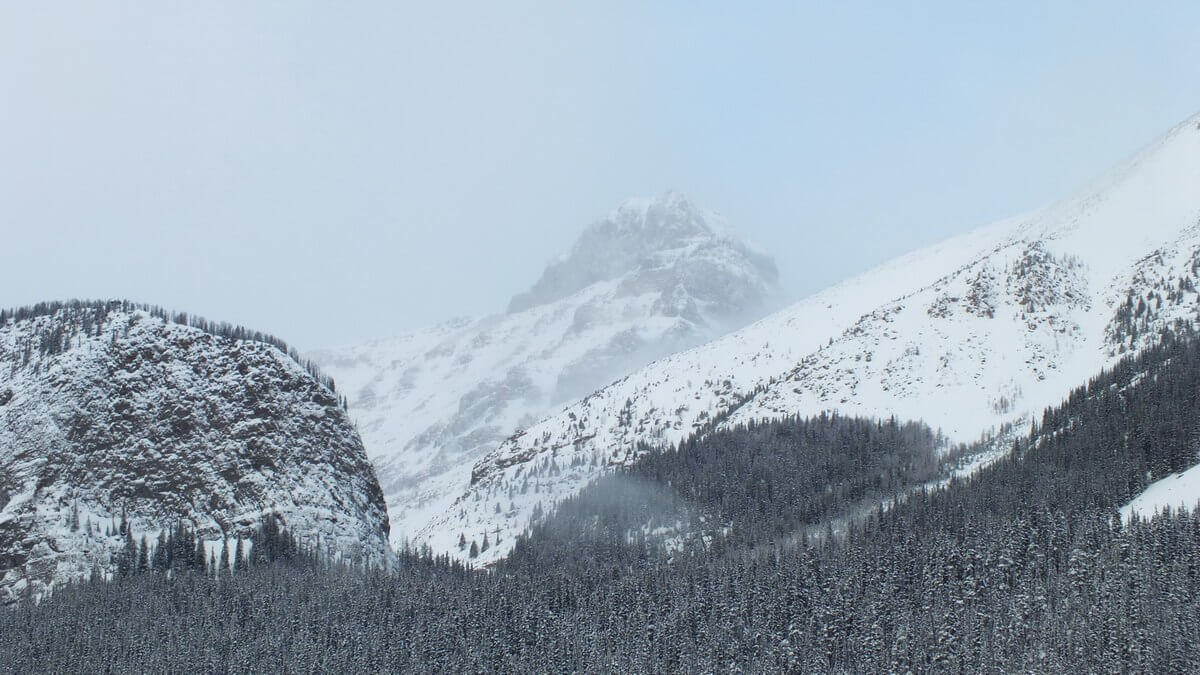
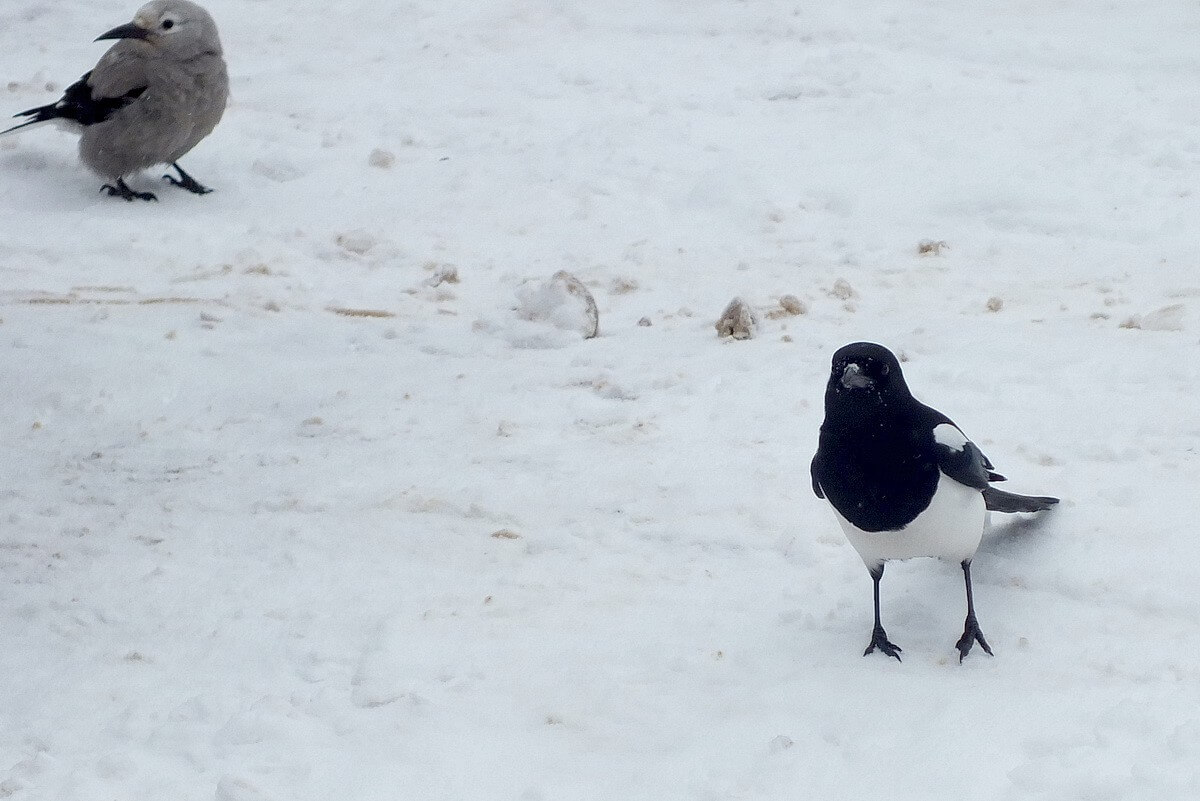
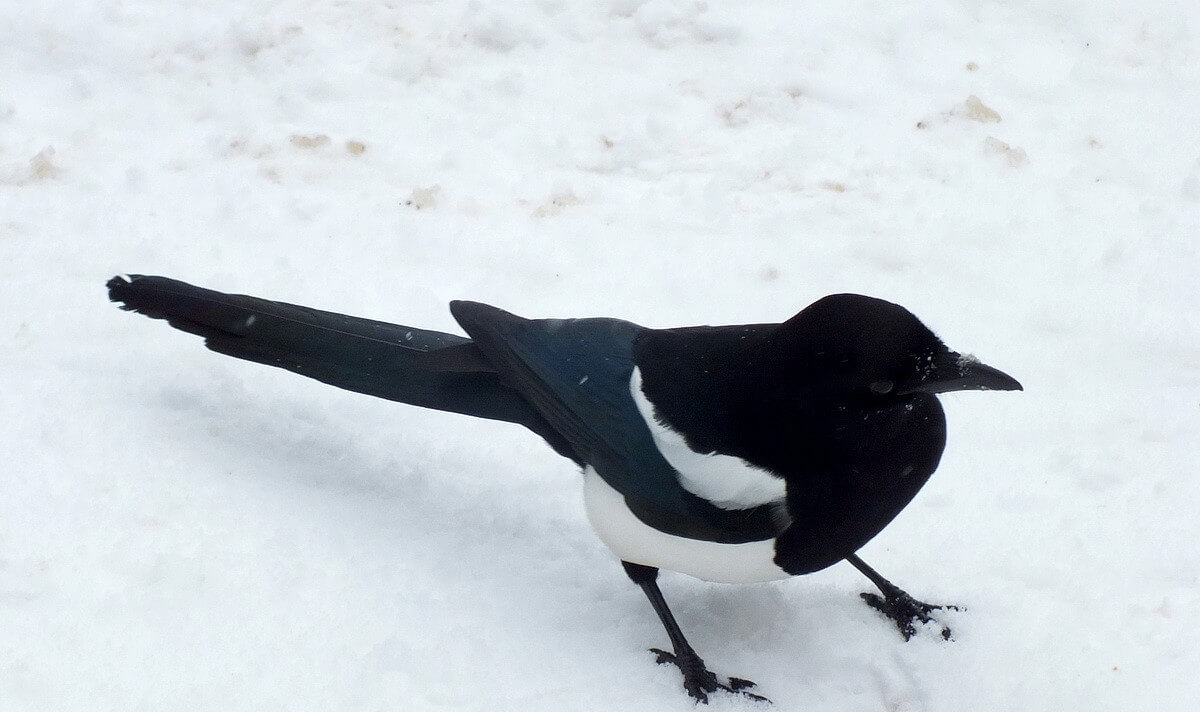
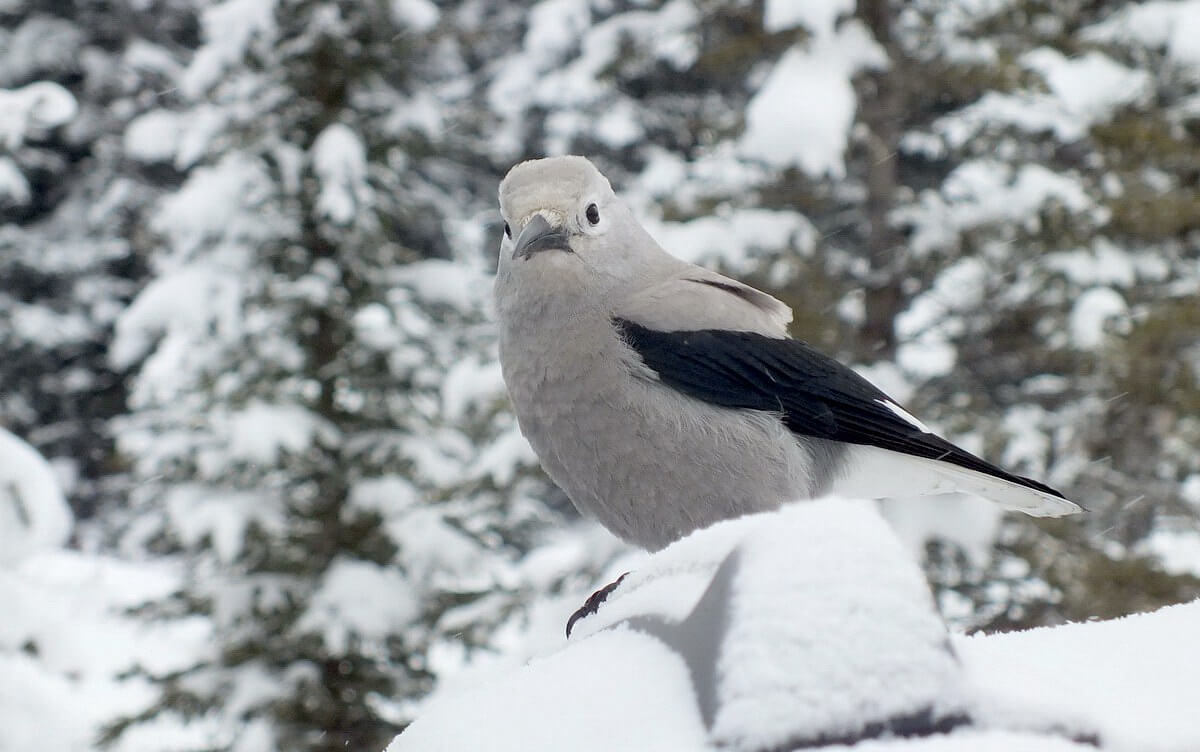
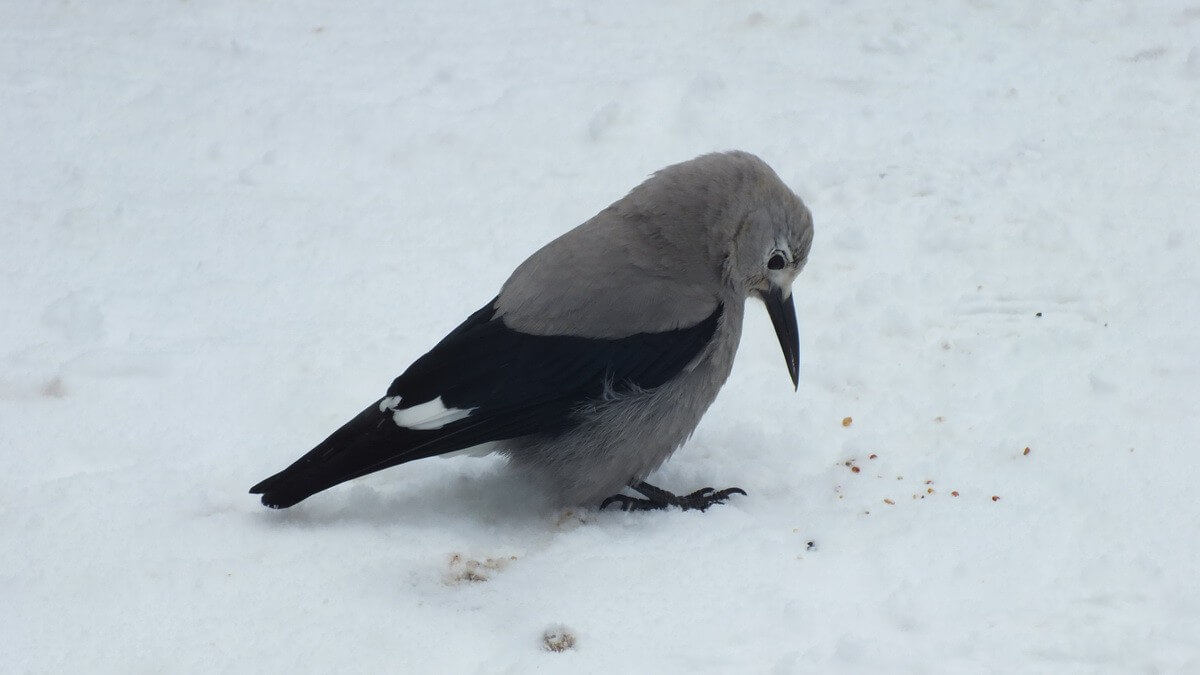

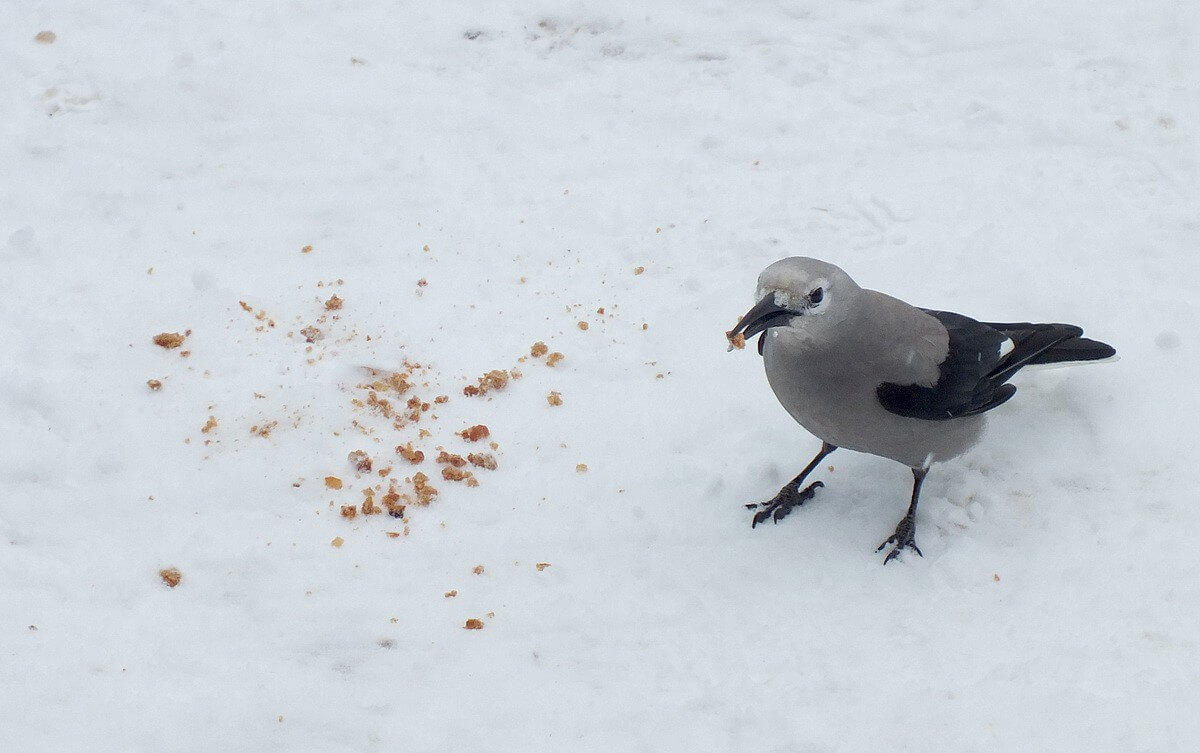
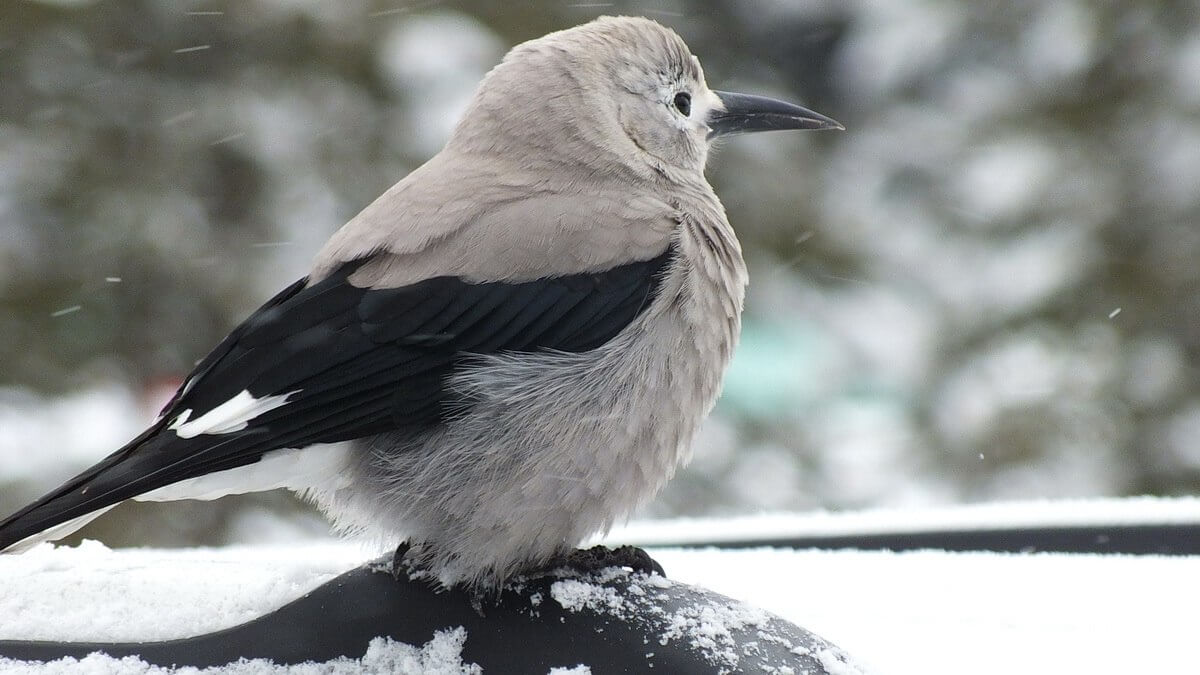

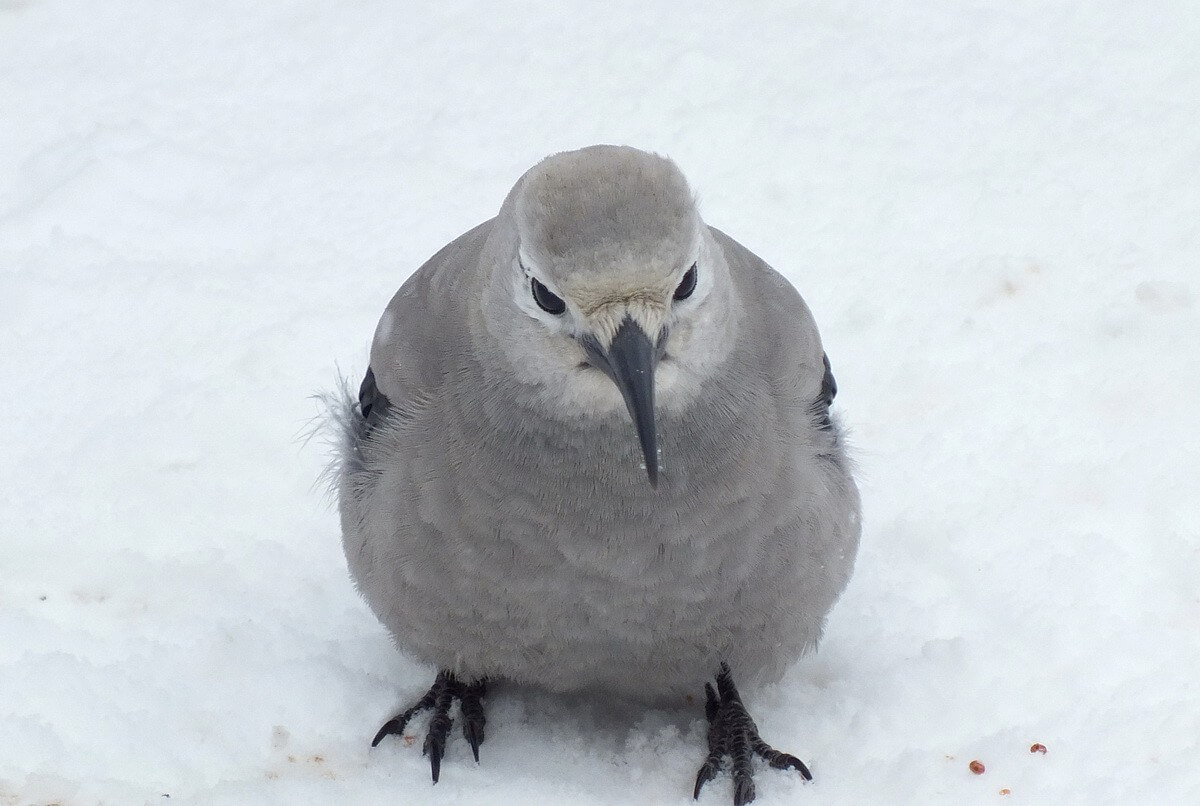
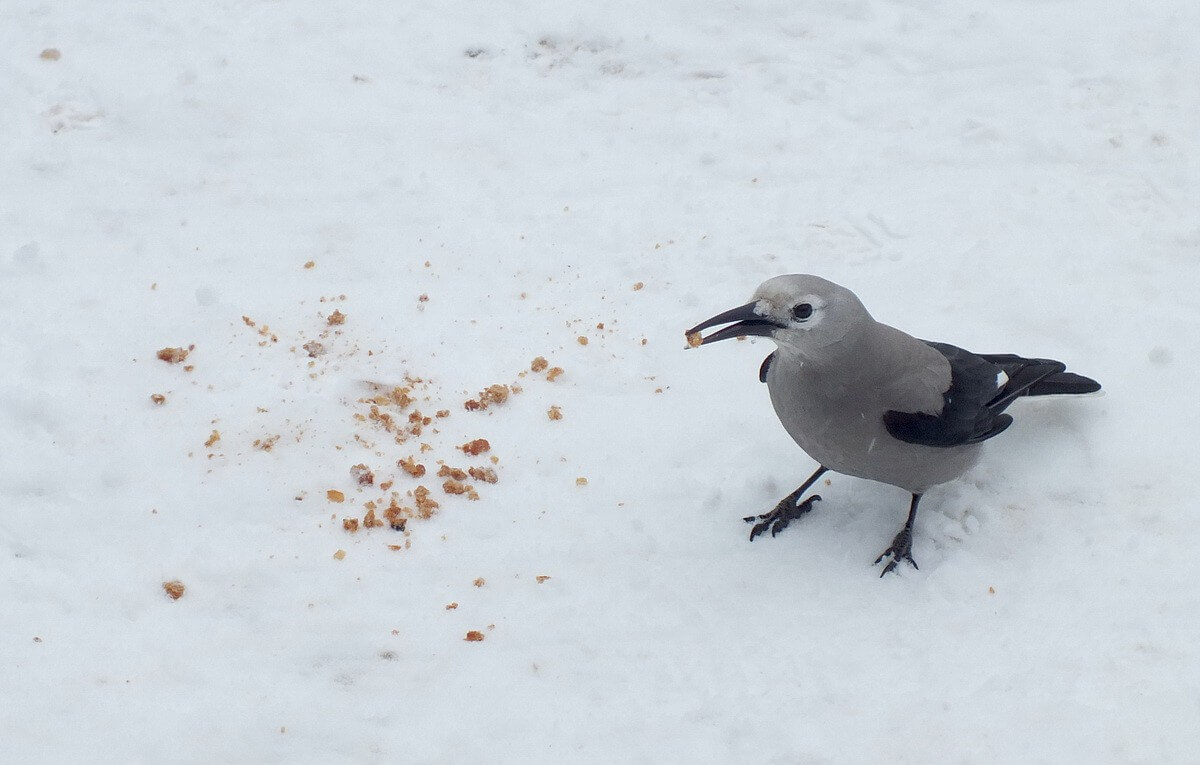

I wrote earlier to say how much I enjoyed your site. Today someone sent me a site to see the murmuration of birds which just amazed me. Here is the site>
> http://www.youtube.com/embed/88UVJpQGi88 Maybe you’ve already seen it, if not it is quite a sight to see. Enjoy! Thanks Claudette
>
That is amazing, Claudette. Thank you so much for sharing the link with me. I was totally mesmerized.
I joined your blog just days ago and already have had so much enjoyment from it. You both travel and are great photographers and birders, thank you for sharing with me and all of us who are limited to back yard birding. Claudette
Hi Claudette. Thank you for joining our blog. It is fun to share our experiences with people. We hope that it will encourage others to appreciate the smaller details of our natural surroundings…birds, animals, plants and the amazing variety of landscapes. Our world, with its vast variety of natural features, is amazing, I think.